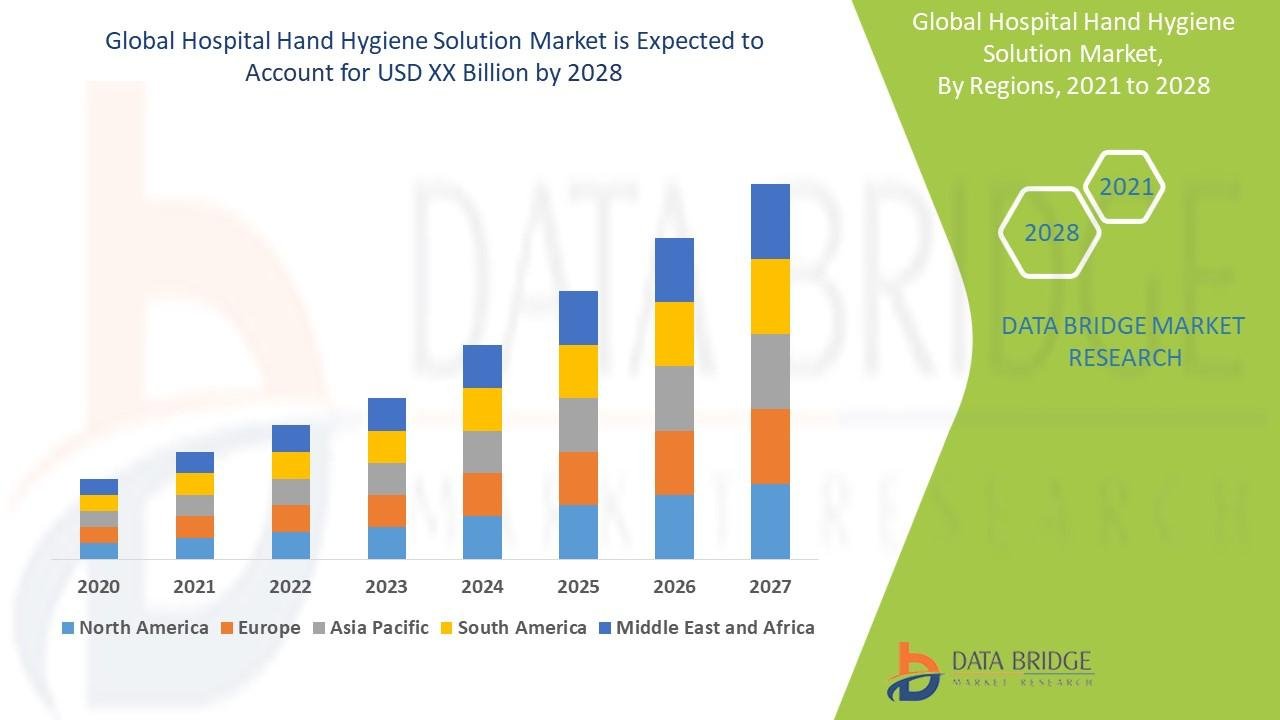The global push towards Industry 4.0 and flawless manufacturing is being driven by a highly specialized and technologically advanced ecosystem of Automated Industrial Quality Control Market Companies. This market is not dominated by a single type of player but is comprised of several distinct yet interconnected categories, each providing a critical piece of the quality control puzzle. At the forefront are the machine vision specialists, such as Cognex, Keyence, and Basler. These firms design and manufacture the core components of automated visual inspection, including industrial cameras, smart sensors, lighting systems, and powerful image processing software. Their technology serves as the "eyes" of the modern factory, capable of detecting microscopic defects, verifying assembly, and reading barcodes at speeds far exceeding human capability. Another crucial category consists of the major industrial automation and robotics giants, including Siemens, Rockwell Automation, ABB, and Fanuc. These companies integrate quality control systems into the broader factory automation workflow, often combining machine vision with robotics to create fully automated inspection and sorting cells. They provide the overarching control systems (PLCs and DCS) and the physical robotics that can manipulate parts for inspection or remove defective items from the production line, creating a seamless, closed-loop quality process.
The ecosystem is further enriched by providers of other advanced inspection technologies. In the field of metrology, companies like Hexagon and Zeiss are leaders in providing non-contact 3D scanning and Coordinate Measuring Machines (CMMs) that can verify the dimensional accuracy of complex manufactured parts with micron-level precision. This is critical for industries like aerospace and automotive, where tight tolerances are a matter of safety and performance. The field of non-destructive testing (NDT) is also a key component, with companies like Olympus and GE Baker Hughes offering automated systems for ultrasonic, X-ray, and eddy current testing to find internal flaws in materials without damaging the part. These diverse hardware providers create the sensory and physical backbone of the automated QC system, providing the raw data and physical capabilities needed to inspect and handle manufactured goods. Their business models are centered on deep engineering expertise, product reliability, and building solutions that can withstand the harsh conditions of a factory floor while delivering consistent, high-precision results 24/7.
A third, and increasingly important, category is the software and AI platforms that provide the "brains" for these automated systems. While traditional machine vision relies on rule-based algorithms, a new wave of companies like Landing AI and other specialized software providers are bringing deep learning and artificial intelligence to the factory floor. Their software can be trained to identify complex and subtle defects that are difficult to define with traditional rules, such as cosmetic blemishes or unpredictable variations. These AI platforms often work with a wide range of camera hardware, providing a flexible software layer that can be deployed on top of existing inspection lines. The major cloud providers, like AWS and Microsoft Azure, are also entering this space, offering cloud-based AI services and platforms for managing and analyzing the vast amounts of quality data generated by these automated systems. This dynamic interplay between specialized hardware manufacturers, large-scale automation integrators, and agile AI software companies is what drives the innovation and adoption of automated quality control across the global manufacturing sector. The Automated Industrial Quality Control Market size is projected to grow to USD 50.51 Billion by 2035, exhibiting a CAGR of 8.88% during the forecast period 2025-2035.
Top Trending Reports -



